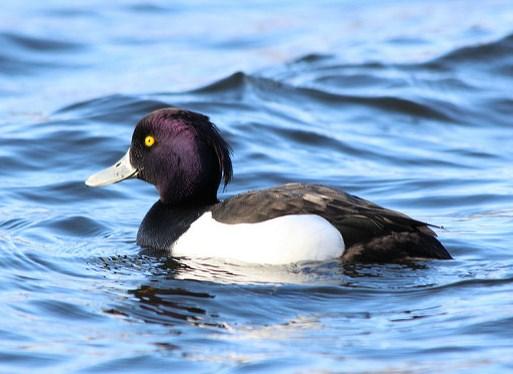While Hungary reported another group of H5N8 avian flu outbreaks in poultry, South Korea raised its flu alert level because of concerns over the H5N6 strain.
Hungary, France, Netherlands report more H5N8
For the third day in a row, the World Organization for Animal Health (OIE) said Hungary is reporting more than 20 outbreaks of H5N8 today on poultry farms in the south-central part of the country.
Today officials detailed 24 outbreaks involving a total of 155,202 ducks and geese. The previous 2 days saw 33 and 39 H5N8 outbreaks, respectively.
The outbreaks, which began on Dec 7 through 9, are centered around the towns of Jaszszentlaszlo and Tazlar and include both farms and backyard flocks of birds.
France also reported another cluster of H5N8 outbreaks, according to Avian Flu Diary (AFD), an infectious disease blog. Six new farms in southwestern France are reporting H5N8, bringing the total number of farms affected by the current outbreak in that country to 25.
Late yesterday OIE said there were two new outbreaks of H5N8 in the Netherlands, in wild birds and on a farm, where 500 laying hens died and an additional 58,939 hens were culled to avoid the spread of disease. The farm is located in Abeega, and as of Dec 13 a 10-kilometer protection zone has been established around the property. The outbreak began on Dec 12. To date, more than a dozen European countries have reported outbreaks of H5N8 in both wild birds and poultry.
H5N8 was first detected earlier this summer in Siberia, Russia. Migratory birds migrating south and west for the winter brought the flu to Europe’s birds in early November.
H5N5 found in the Netherlands
In a third report from the Netherlands, the OIE also posted a notification of H5N5 avian flu in a tufted duck, the first listing of the disease in that country. The bird was found dead in a northern wetland.
AFD said the appearance of H5N5 in ducks is likely the result of genetic reassortment of H5N8 with local low-pathogenic avian flu viruses. If so, this would be the first report of reassortment in Europe this year.
South Korea raises flu alert
AFD also posted a notice from South Korea’s Ministry of Food, Agriculture, Forestry and Livestock, which stated the country has raised its avian influenza risk level to "severe." This is the first time the country has reached its highest alert level.
The Ministry noted widespread H5N6 activity on the west coast of South Korea. So far, 15 million birds have been culled, making 2016 worse than its H5N8 outbreak in 2014. According to news sources, cases are occurring at a rate six times faster than in 2014.
See also:
Dec 15 OIE Hungary post
Dec 15 AFD France post
Dec 14 OIE Netherlands H5N8 farm report
Dec 14 OIE Netherlands H5N8 wild bird report
Dec 14 OIE Netherlands H5N5 report
Dec 15 AFD Netherlands H5N5 post
Dec 15 AFD South Korea post





















